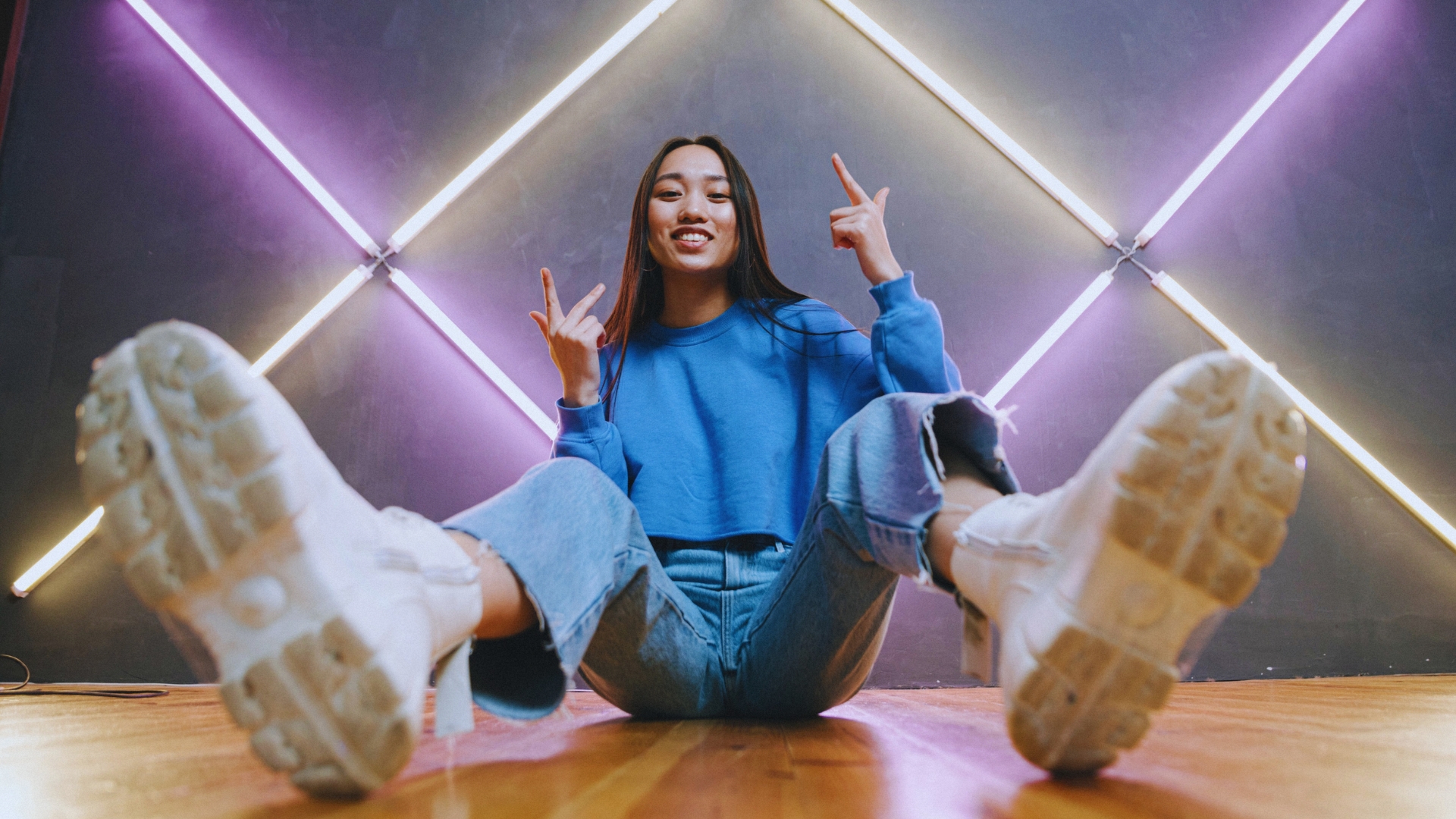
Always-On Influencer Marketing: The Secret to Increased ROI
As the influencer marketing space continues to mature, more and more brands are looking at it as a channel which should be part of their always-on strategy. After all, influencer now has a seat at the digital table.
Monthly ad budgets have commonly been prioritised for the likes of PPC, SEO and paid. But now influencer marketing demands this approach in order to achieve the most effective results. Influencer marketing should be viewed as a powerful complement to other channels, rather than just a bonus.
Once this was viewed as a test channel for running the odd one-off project. Whilst in its infancy brands wanted to dip their toe in the water and see what all the fuss was about. Commitment to yearly budgets wasn’t a consideration, especially when left-over budget seemed plenty in order to run a test. However, over time as the space matured to the $17bn behemoth it is today, these approaches have begun to lack authenticity and relatability (and are almost viewed as too transactional an approach) which now, in turn, hinders performance.
Always-On Impacts The Marketing Funnel
The 2023 influencer marketing industry is a far cry from what it was 18 months ago. You’ve openly heard us bang the performance drum in recent times, and for the best results throughout the sales funnel, influencer activity should be considered long-term and always on. Here are some of the reasons why:
Awareness:
- Attention metrics are the starting point for any brand.
- A brand visible for only a few weeks will struggle to make a long-lasting impression, and brand equity needs to be achieved.
- A brand’s credibility is not just influenced by the talent they work with, but by how often they do it.
- With this continuity, the brand will build on the initial attention and trust across theirs and the influencer’s audience.
Consideration:
- Driving brand recall keeps a consistent pipeline of potential customers.
- An always-on approach eliminates any interruption with your brand for users who might be interested but need more time to make a purchasing decision.
- Measuring an influencer’s influence can be challenging. There are psychological factors at play which push a consumer to purchase a product over time, rather than the first instance where they are presented with the product or service.
Conversion:
- Ideally, by harnessing an agency’s data capability, and aligning it with influencer marketing, conversions will follow over time.
- By tying in this data piece and learning models, brands can phase budget at different times and start to see when sales are trickling in.
What’s vital to remember is that attention and brand equity being achieved initially is crucial for influencer marketing to move further down the funnel and work as a conversion tactic. It still works effectively as an upper-funnel activity when a brand doesn’t have attention, but it needs brand equity for it to work further down the funnel as a performance channel.
Increased ROI
All performance channels are responding to demand. They are always-on, always there when prospective customers are considering purchases. Performance channels include paid search, paid social, SEO, programmatic, and affiliate marketing. These channels’ success can often be simply measured by last-click (although an attributed view is better).
Influencer marketing can also be performance, but, in most instances, this needs to be more than just a sole campaign.
We can apply the mantra ‘that miracles only last for 3 days’ to influencer projects. They are short bursts that last for a finite period, which are most likely going to raise awareness or engagement, rather than direct performance (sales). This is because projects are not responding to demand, but seeking to create demand.
Now, influencer can work brilliantly here – as we know, they give a brand audience and recognition. Hit the right audience, with the right product and you will see an uplift in overall digital performance. You might also be able to attribute direct sales to the influencer. But for influencer marketing to really be a creative, performance heartbeat of the business, it needs to be always-on.
Allowing For Flexibility
For brands whose marketing goals are subject to change, or aren’t focussing on a brand new product launch, always on allows for flexibility to pivot on messaging.
As the activity is not tied to just one campaign, always-on allows the brand to change tactics (see our Fanhome case study), reach new audiences, align with seasonal topics (take Vinted for example), or take advantage of current cultural trends.

By working on brand activity consistently we can ensure attention is achieved appropriately whilst phasing budgets at different times across the cycle, and show the tipping point when sales will come in.
Always-On Is Always Best!
Whilst project-based campaigns are still a key driver within the space, and have real value, as the industry matures brands are seeing the benefits of incorporating influencer as part of their always on strategy.
As a channel it performs best when tied into the wider marketing mix, allowing consumers to be touched at different points along their digital journey. From brand awareness through to conversion, an always-on approach allows consumers to stay with the brand long-term, ensuring budget s are spent most effectively to garner the most impactful results.
Remember, always-on is always best as it ensures you can:
- Approach New Audiences: Whilst ongoing activity might be focussed on a brand’s traditional target audiences, this strategy allows for regular tweaks and changes to go after new audiences and subsequent influencers.
- Layer In Learnings: What worked incredibly Month 1, and what didn’t quite hit the heights we expected? Well now you can optimise for the most effective techniques and ensure you plan ahead for the coming months.
- Deliver Performance: Over time and ongoing activity you can move consumers down the funnel, from initial awareness to conversion. This can either be measured through last click sale on content, or through tracking content impact.







